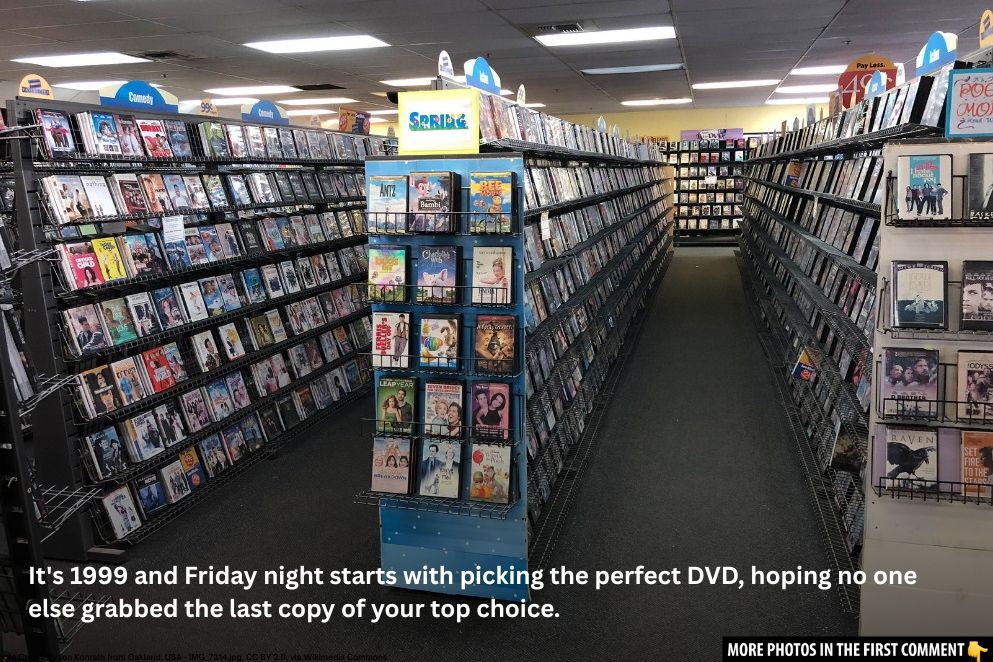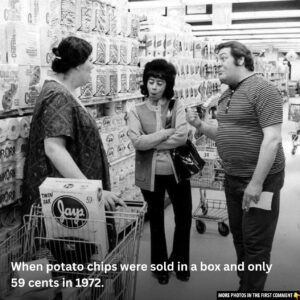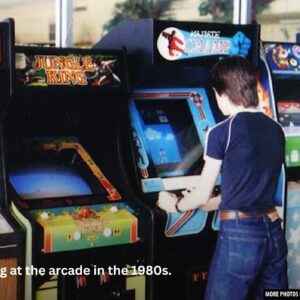Before streaming services made movies accessible at the push of a button, there was a time when renting a movie felt like an event—a special ritual. Friday nights were reserved for browsing aisles of VHS tapes, discovering hidden cinematic gems, and debating with friends over the best picks for movie night. Video rental stores were more than just places to pick up films—they were a cultural phenomenon that united film lovers. Let’s take a nostalgic journey back to the golden era of video stores and relive the magic that made them unforgettable.
The Birth of the Video Rental Industry
The story of video rental stores begins in December 1977, when George Atkinson opened Video Station in Los Angeles. This was the first professionally managed video rental store, and its success led to the rapid spread of similar stores across the country. Atkinson’s bold move came after 20th Century Fox struck a deal with Magnetic Video to license 50 of their titles for direct consumer sale. This made it possible for people to rent films directly from stores, revolutionizing the entertainment industry.
The concept quickly caught on, and by the mid-1980s, video rental stores were everywhere. By 1985, the U.S. had around 15,000 specialty video stores, and that number would only continue to climb. Major chains like Blockbuster Video, West Coast Video, and Rogers Video became household names, making movie rentals more accessible to the masses. For the first time, families could enjoy the experience of watching a movie in the comfort of their own home, without having to go to a theater.

Video
Watch the video The Best Video Store I’ve Ever Seen! – “Movie Madness” in Portland, Oregon to explore this iconic haven for film lovers.
Rise of Major Chains: Blockbuster and Beyond
In the late ’80s and early ’90s, video rental stores reached their peak. Chains like Blockbuster became ubiquitous, with their brightly colored signage and well-organized aisles full of the latest movie releases. Blockbuster alone had over 9,000 locations worldwide by 2004, and it dominated the video rental market.

The convenience of these stores—coupled with their wide selection of films—made renting a movie an easy choice for moviegoers. Families could go to their local Blockbuster on a Friday night, pick out a new release or an old classic, and head home for a movie marathon. In fact, the entire experience became a ritual for many, with certain customers visiting the store weekly to pick out their films. Video rental stores weren’t just businesses; they became part of the community, where movie lovers of all kinds could bond over their favorite genres and directors.
From VHS to DVD: A Shift in the Industry
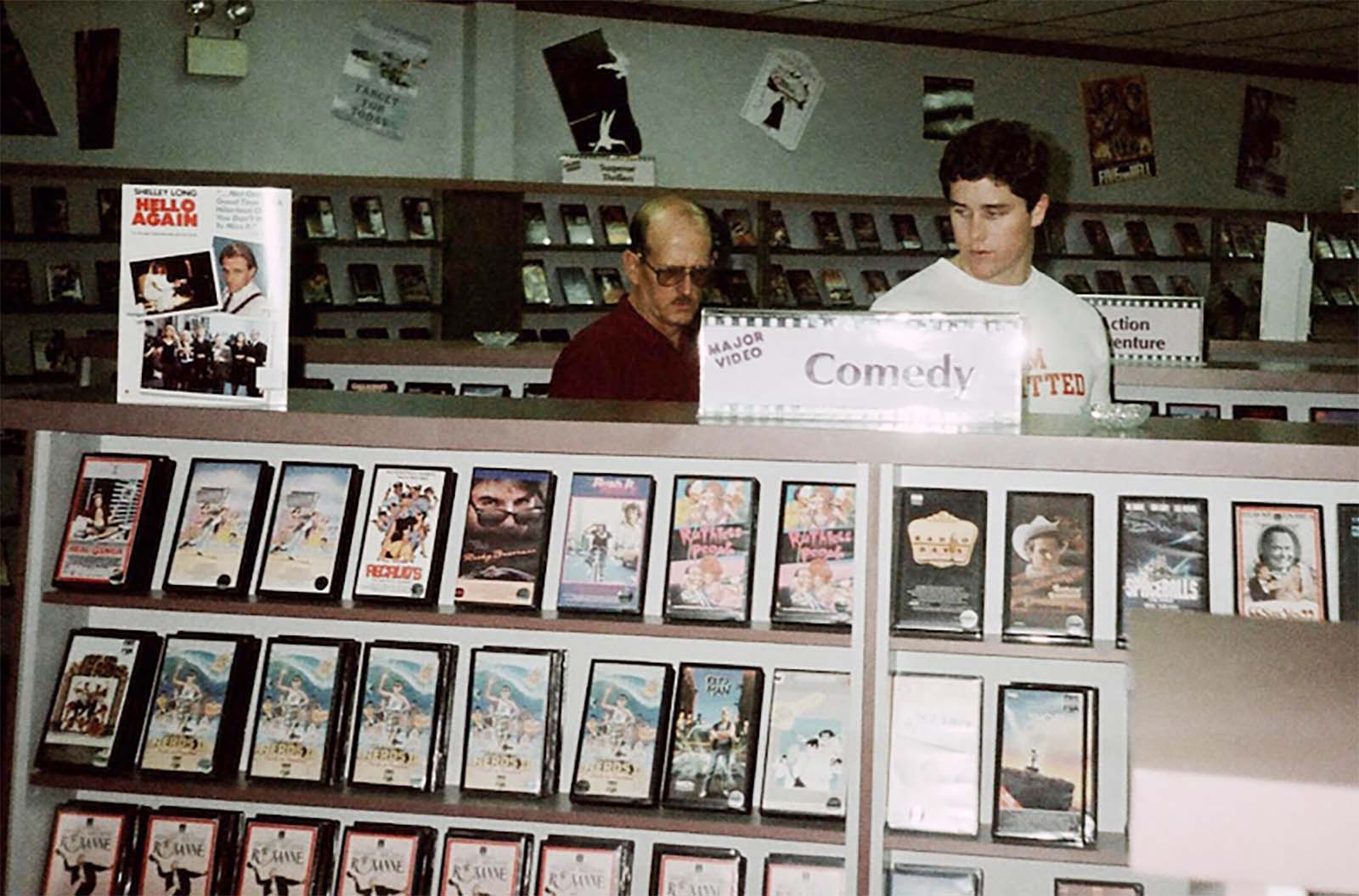
The video rental industry underwent a major shift in the late ’90s with the introduction of DVDs. DVDs were smaller, lighter, and more durable than VHS tapes, which made them easier to store and rent. This technological shift also meant that stores could carry a wider inventory of movies, offering customers even more choices than ever before.
The advent of DVDs also led to the rise of mail-order rental services. Companies like Netflix, which originally operated on a per-rental model, introduced subscription plans in 1999, allowing customers to rent an unlimited number of DVDs per month for a flat fee. This service revolutionized the way people rented movies and marked the beginning of a new era in home entertainment.
The Social Impact of Video Stores: A Gathering Place for Film Lovers
Beyond their role as movie rental hubs, video stores played a significant social role in many communities. They were more than just places to pick up films; they were gathering spots for film enthusiasts to share recommendations, discover new films, and engage in conversations about the movies they loved. In many cases, the employees at these stores were just as passionate about film as the customers, and they often played the role of trusted guides, offering advice on which movie to rent next.

According to film critic Collin Souter, video stores became a “film school, a social gathering, a place of cinematic discovery, date nights, and rites of passage.” They gave people the opportunity to explore the vast world of cinema beyond the blockbusters and mainstream releases. For many, the act of browsing the aisles, reading the backs of VHS covers, and watching the trailers on display in the store was as enjoyable as the films themselves.
The End of an Era: The Decline of Video Rental Stores
As the internet and on-demand streaming services began to rise in the mid-2000s, the traditional video rental store model started to fade away. People no longer needed to leave their homes to rent a movie. Platforms like Netflix, Hulu, and Amazon Prime made it easier to watch movies with just a click of a button. This revolutionized the way we consumed media, making video rental stores less necessary.
The decline of video rental stores was swift and dramatic. In 2000, there were nearly 28,000 video rental stores in the United States, but by 2015, that number had plummeted to just over 4,000. As streaming services continued to grow, many of the once-popular chains like Blockbuster closed their doors for good. The transition to digital media was undeniable, and video rental stores, once an integral part of our weekend routines, became relics of the past.
Vintage Photos of Video Rental Stores: A Visual Journey
To truly appreciate the legacy of video rental stores, we can look back at the vintage photos that capture the essence of this bygone era. From the colorful VHS covers to the rows of DVDs on the shelves, these images offer a glimpse into a time when video rental stores were not just businesses, but vital parts of our cultural landscape. Take a moment to reflect on these images and remember the excitement of renting a movie on a Friday night.




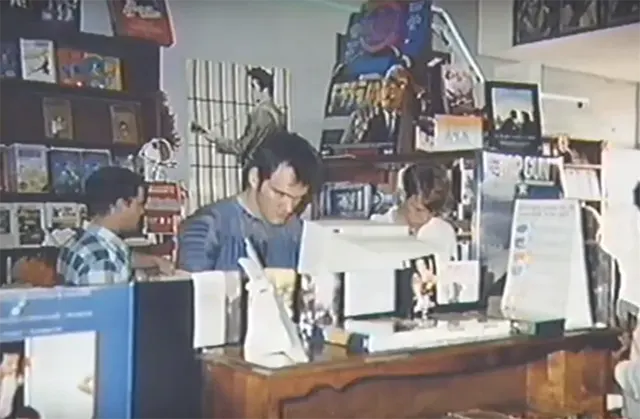
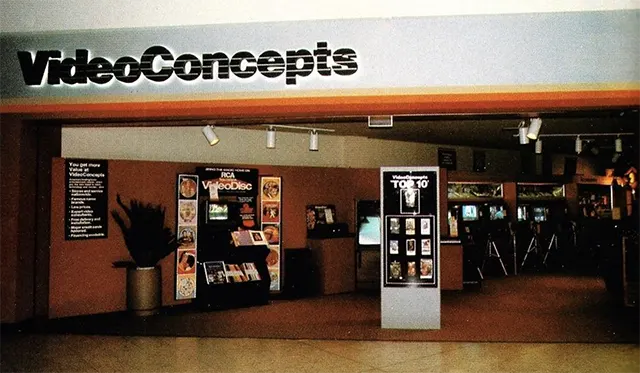
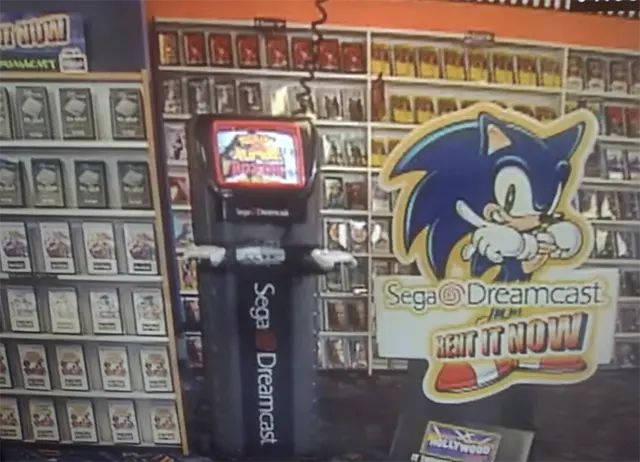
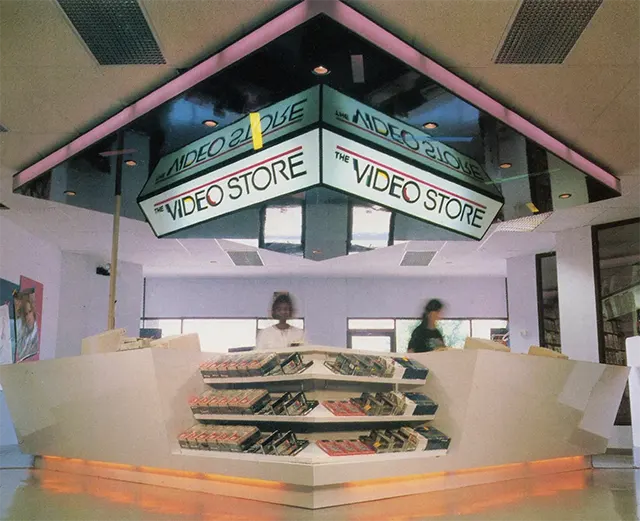
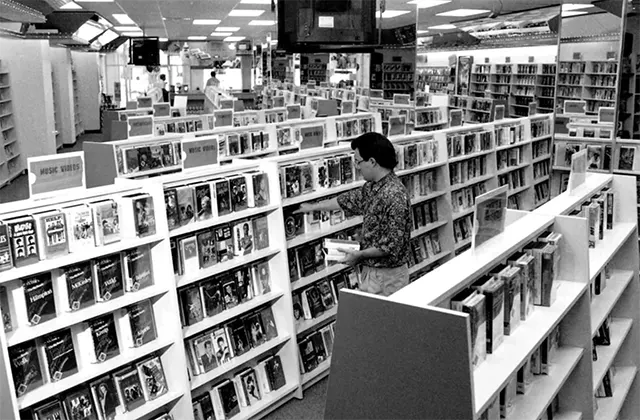
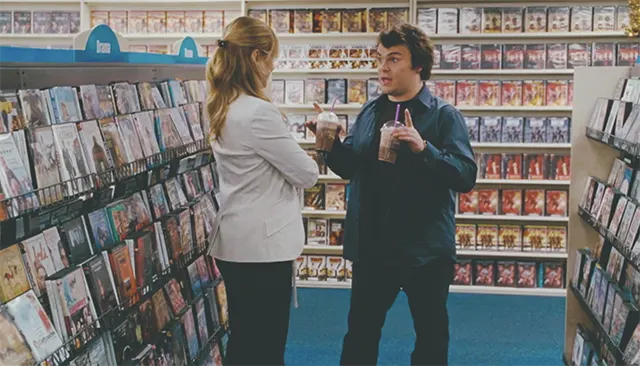
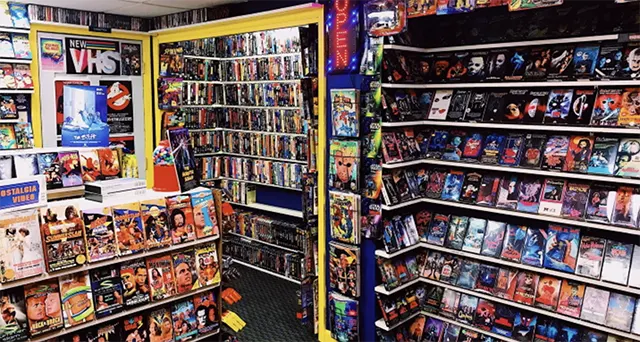
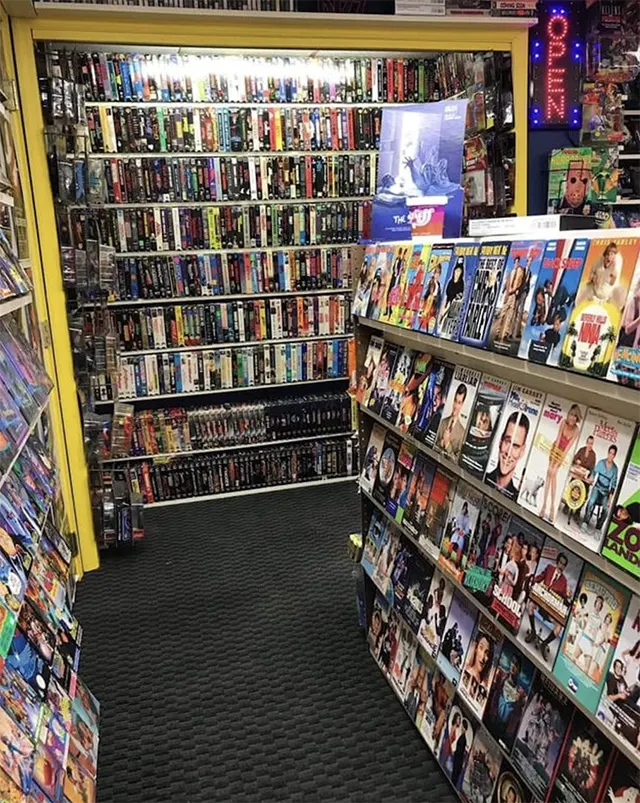
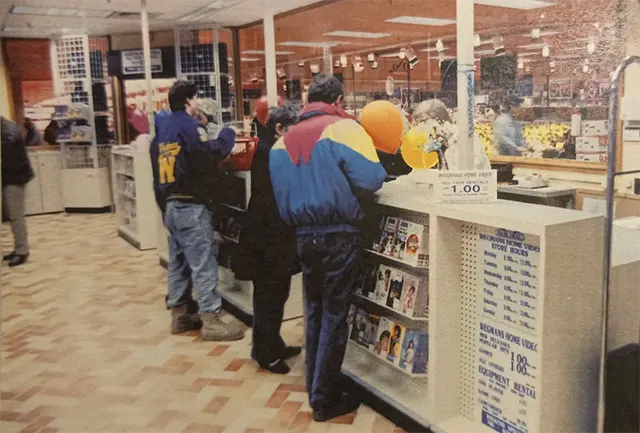
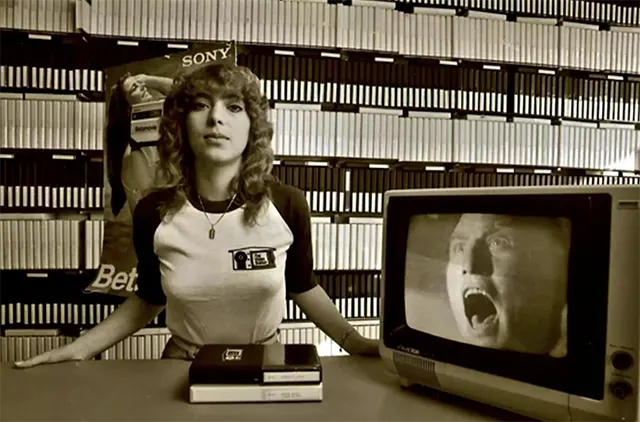
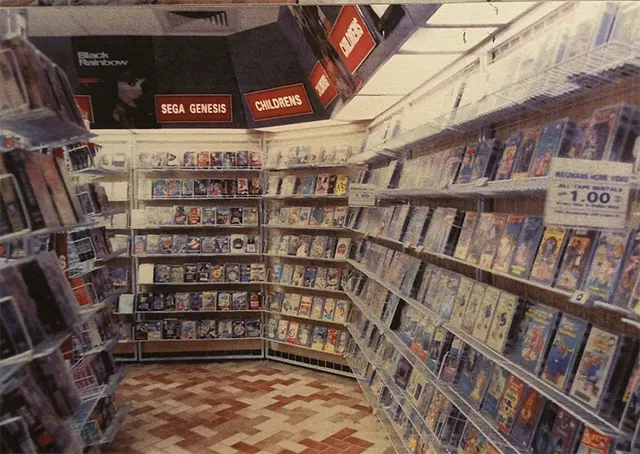
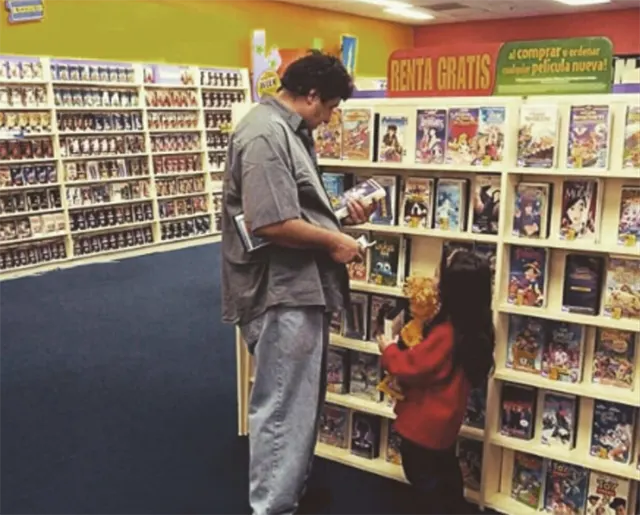
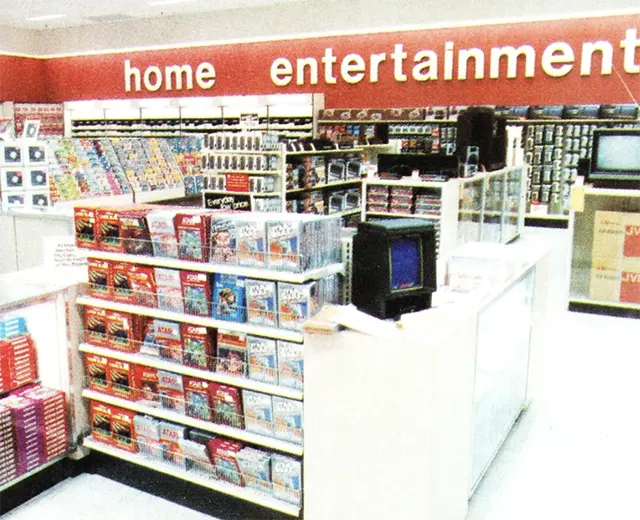
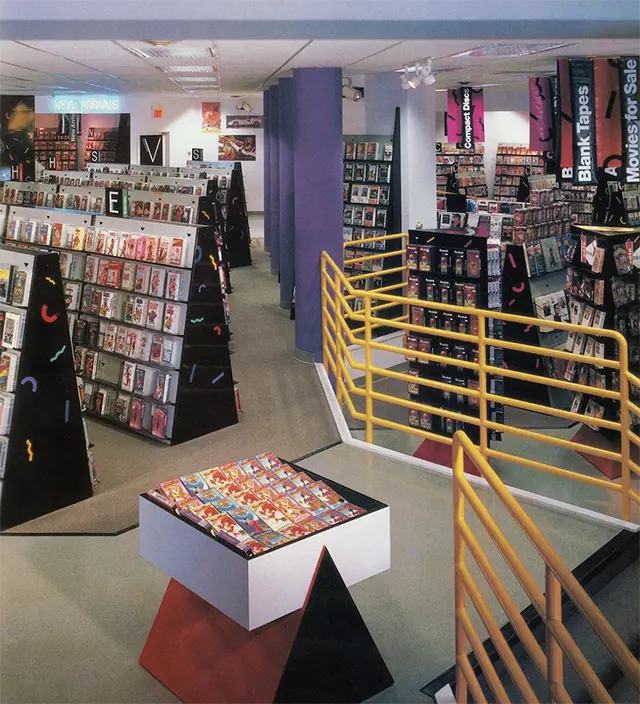
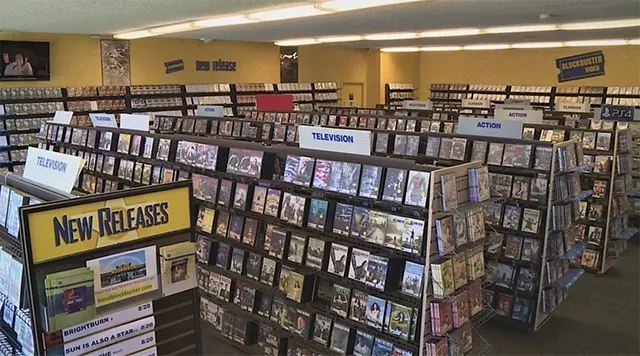
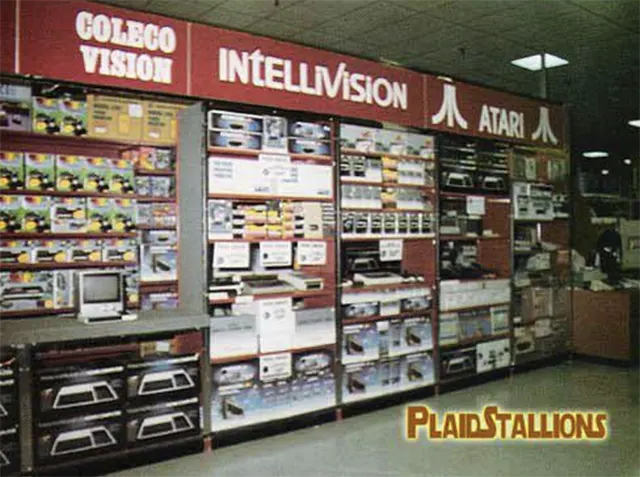
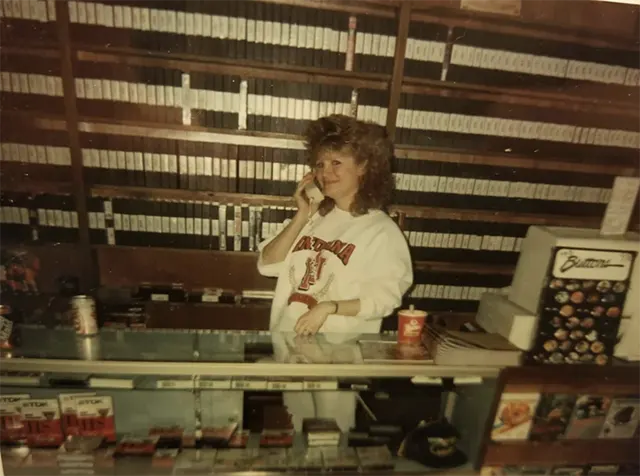
Video
Watch the video Owner of the UK’s Last Surviving DVD Rental Store Says Business is Thriving 40 Years Later | SWNS to learn how this nostalgic shop is thriving in the digital age.
Legacy of Video Rental Stores: A Cultural Touchstone
Despite their decline, video rental stores remain a nostalgic and beloved part of many people’s memories. They were not just places to rent movies; they were social spaces where connections were made, where film lovers could share their passion for cinema, and where entire generations of moviegoers spent their Friday nights.
For many, the memory of walking into a video store, browsing the aisles for hours, and finally picking the perfect movie to watch is an enduring one. These stores were integral to the fabric of popular culture, and they shaped how we experienced and appreciated films for decades.
